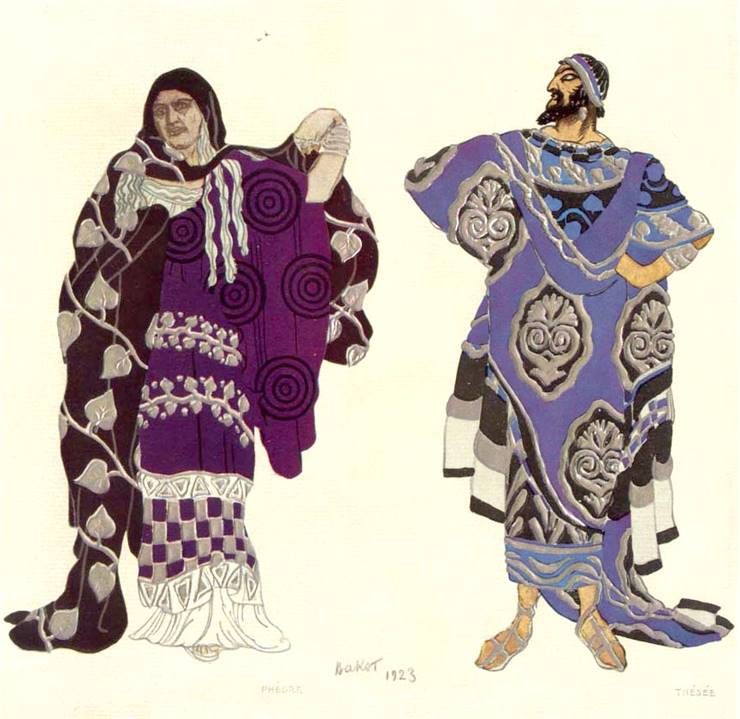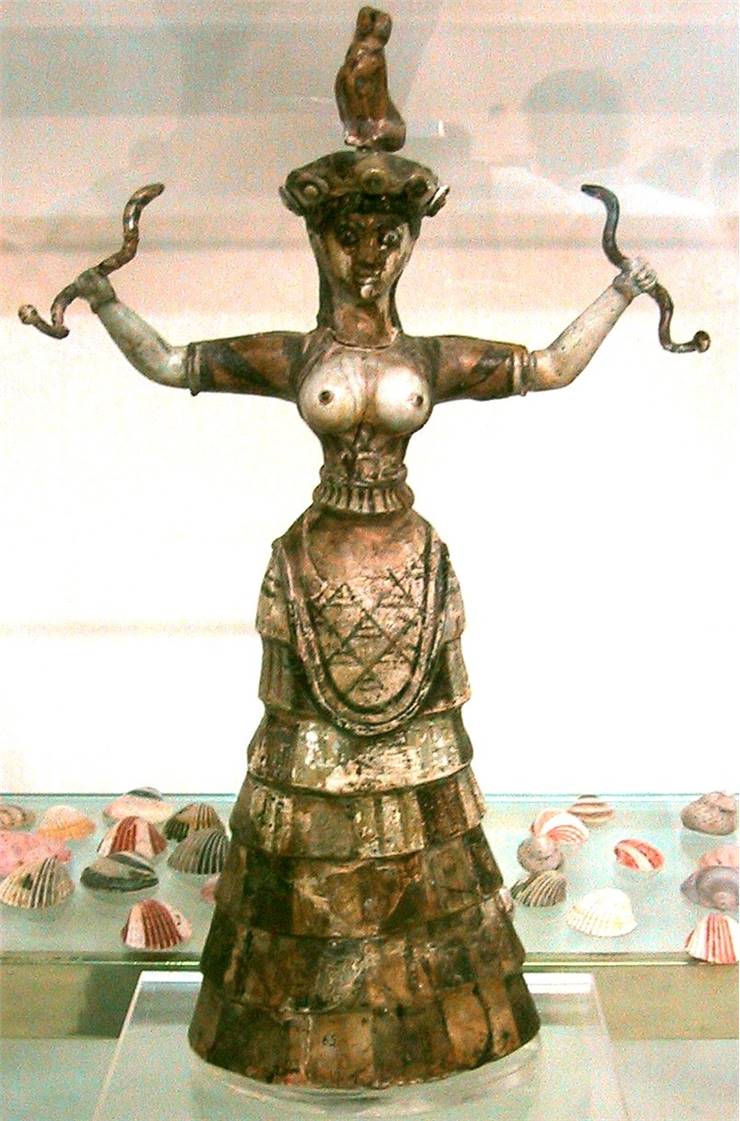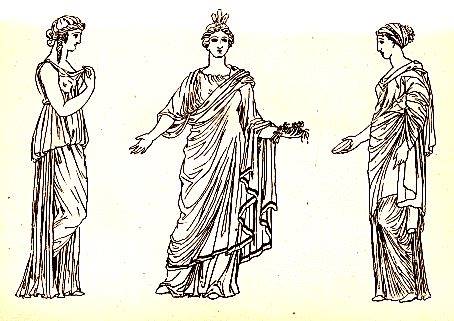Ancient Greek Clothing - What Did the Ancient Greeks Wear?
Clothing in Ancient Greece consisted of lengths of rectangular linen or wool fabric. The Greeks wore light clothes as the climate was hot for most of the year. Their garment usually consisted of two main parts: a tunic (either a peplos or chiton) and a cloak (himation). Clothes were secured with ornamental clasps or pins at the shoulder and belt, sash, or girdle at the waist. Length of clothing differed between men and women. Women clothing was to their ankles while men wore their robe to the knees.
Inner tunic that was worn by women was a “peplos”. It was made of wool and had clasps at shoulders. The upper part of the peplos was folded down to the waist and formed so-called apoptygma. Chiton was lighter tunic, often pleated, made of linen and worn by both genders and all ages. Chitons also had knee-length for men and ankle-length for women.

The undergarment that women wore around the mid-portion of the body was called strophion while the shawl that they wore over the tunic was called epiblema. Some women wore a loose veil as well while at public places. The women also wore necklaces, made of gold and silver, and had earrings and bracelets.
A rectangle, woolen, blanket-sized robe that men wore was called chlamys. It was a typical Greek military attire and when it was not used as a robe it was wrapped around the arm and used as a light shield in combat.
During winter, Ancient Greeks wore the himation -a larger cloak worn over the peplos or chlamys. Over time, himation was made from lighter materials and was worn in every weather.
Footwear was not used very often and Greeks mostly walked barefoot, especially in the house, but in case they needed one, they wore leather sandals or leather boots. Most Greeks could go their entire lives without wearing shoes.
To protect themselves from the summer heat, Greek men wore petasos, a type of a wide-brimmed hat. It was mostly used for traveling. Women also wore hats with high-peaked crowns.
Fabrics were dyed by natural plants. The most common colors used for dyeing the clothing were violet, green and grey while materials were decorated in checks, wavy lines, stripes and flowered designs. Colored clothing was always more expensive than plain.
Wool was very expensive at the time, because it was imported from India which made clothing also expensive. Wealthy people could afford to by clothing while poorer had to make their own. Women and slaves were the one that made clothing in Ancient Greece.
In hot weather working men would often just wore a loincloth.





